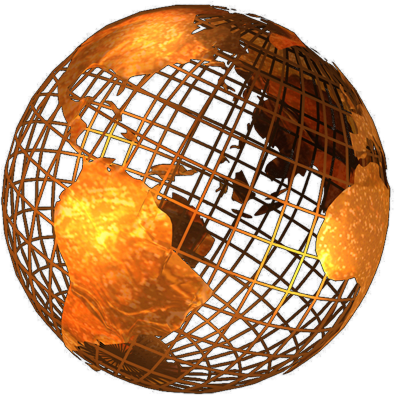
Things to consider when buying a Tablet Computer.
There are several options here, so each is described:
This is the Operating system used on the Apple devices. You should choose this if you know nothing about computing what-so-ever. One of the biggest drawbacks is that you cannot access the internal system, and it is very difficult to install anything Apple do not want you to. Less of a problem now, but iOS cannot run Adobe Flash, which is was used in many websites and programs.
This is an open source Operating system put together by Google. It is far more flexible than iOS, and allows much more customisation by both the end user, and the device manufacturer. The biggest single drawback is that so many different people make the devices, not all android software works on every device. If you go the Android route - ensure you device has "Google Play" pre installed, as this is the best way to get your software.
Self-explanatory. Do not go here unless you are a Blackberry extremist. The range of software is fairly limited, and the operating system is difficult for non-Blackberry users.
By Microsoft. At the time of writing, the current version is Windows 8 RT. Although this is designed to look and feel like your Windows 8 PC, is is not written the same way. Therefore you cannot run all of your PC Apps on this device. Microsoft appear to have looked at Apple's "closed eco system" for iOS and tried to do the same. These factors mean that there will always be less software for this device than say Android.
Update December 2013: Microsoft have released the second version of the "Surface" tablets. From the advertising they seem much better than the original Surface Tablets, which pretty much flopped.
There are two sizes I will consider 7" and 10". There are smaller and larger, and even some in between, but these are popular sizes for a reason.
7" is a good size for a screen on a tablet. It is large enough to see everything, and to be able to "press" or "select" an item with an adult finger. Anything smaller, and these start to become difficult.
10" seems to be a top size, anything larger becomes unwieldy. Tablets of this size are also heavier than the 7" versions, which can make prolonged use tiring.
A side note on Resolution. Tablet manufacturers are now making a big thing about HD screens (hundreds of pixels-per-inch), this is however kind-of pointless. Most people do not have eyesight which is good enough to tell the difference between a HD and non HD screen. Do not pay extra for this.
Resistive. Avoid this like the plague. The main limitation is that resistive touch screens can only detect a single input (finger).
Capacitive. The best screens have "Multi-touch" Capacitive input. This is a must for a tablet.
GSM / 3G / 4G. Only go for this if you are going to spend money on a contract for using your device on the move. Most places you will want to use your device (for internet access) will have Wi-Fi, so do not go this route unless you need to. Also, if you Mobile Phone has a data plan, and can provide a Wi-Fi hotspot, you can connect via your phone.
Wi-Fi. This is a must. All Tablets download information from the internet. Ensure your Tablet supports at least "n" version of Wi-Fi
Tablets are often quoted as having an amount of RAM. This should be at least 512MB, and preferably 1GB of RAM. Besides this, there is Storage Memory in the Tablet. I recommend 16GB as a minimum. Go for more if there is no Micro SD slot.
Like computers, tablets can use multi-core processors. If you can afford it, get a dual core version or better.
As always with technology, things move forward at an astounding pace. Because of this, never spend too much money on one of these devices. If you do, you will find that it is last year's news before you have had it 6 months. If this is the case and you spent £100 you will be disappointed. If you spent £800 you will be heart-broken.
There are many things you can buy which will last you a lifetime, and are worth spending extra on. Technology is not one of them. Consider what you want your Tablet PC to do, and buy one which will achieve those tasks.
Review these three products to get an idea of the differences between them. Use the guide above to see if spending more money will make a difference to you.
(Update 2016: Links removed, as all of these products have been discontinued.)
http://www.ebuyer.com/407319-sumvision-cyclone-voyager-tablet-pc-cycvoy7 £79.99
http://www.ebuyer.com/398430-asus-google-nexus-7-32gb-tablet-pc-90ok0mi1101090u £199.00
http://www.ebuyer.com/409346-apple-ipad-mini-32gb-wifi-md529b-a £383.90
So, what do I have? Well, I bought a 10" Acer A500 Android for my wife, which was about £400 at the time (Dec 2011). We also have two 7" Sumvision's similar to the top link above (Aug 2012).
All of these work exactly as you would want them to. The cheap ones are plasticky, and the camera's are rubbish, but you would not buy one of these for the camera, would you!
(Update 2016:) We are now using a 7 inch Samsung, an 8 inch Hudl and a 10 RCA tablet, all under £100.